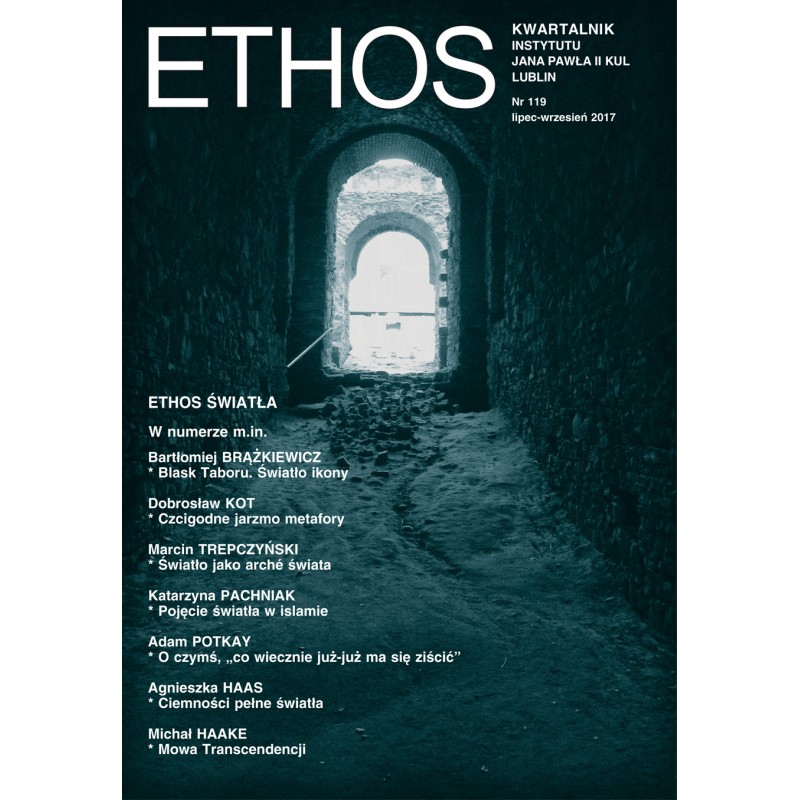



The goal of the present study is to examine the insights the hermeneutic method enables once applied to an analysis of the motif of light in Michelangelo Merisi da Caravaggio’s religious paintings. The source of light the artist used in order to bring out the models he painted in an otherwise dark room was either a lantern put high above them or a window. The light in Caravaggio’s paintings has been diversely interpreted: as a means either to heighten the impact of the dramatic scenes he depicted, or to convey the power of God, or—whenever the light used in the painting was correlated with real light emanating from the windows—to blur the demarcation line between the scene the painting represented and the space of the viewer. The latter gave the painting an air of reality.
Within the hermeneutic approach, the interpretation of a work of art is accomplished individually, in the process of the spectator’s perception. Comprehending a work of art is in turn tantamount to the spectator’s gaining a better self-knowledge. The hermeneutic method of the interpretation of paintings rests on the assumption that a work of art conveys its particular iconic meaning which is essentially different from knowledge derived from other, non-iconic sources. The iconic meaning results from the overall structure of a work of art, or from the way in which all its elements are optically combined. The particular character of this unity, as well as its autonomy recognized by the spectator, is a consequence of the way the structure of the painting is referred to its plane. Therefore, in the spectator’s perception, the plane of the painting is present in every element of the depicted world without simultaneously being one of these elements. Yet the plane of the painting goes beyond them, thus giving the spectator the impression of the painting transcending the depicted world. According to the hermeneutic method, the light, as any other element of the painting, is interpreted as part of the overall structure of the work. The hermeneutic analysis applied to selected paintings by Caravaggio shows how, in particular paintings, the light focuses the spectator’s attention on given parts of the depicted world, thus initiating the logic of perception which ultimately enables the spectator to grasp the iconic meaning of the painting. The key element of this logic is that the main figures in the painting point to its boundary, and thus to a cognitive horizon that transcends their world. The spectator’s experience of this relation is then translated into an internalization of its iconic meaning. The internalization in question results from the spectator’s inability to adequately translate this meaning into the language fully grasping the relation between the representation and the boundary of the painting. The boundary of the painting both belongs to the represented world and goes beyond it, which cannot be fathomed by the verbal language, since any verbal statement would imply a clear identification of the represented world as well as of the boundary of the painting. Yet this inexpressible simultaneity (‘as well as’) is grasped in an act of perception which is communicable, thus providing the possibility of a hermeneutic interpretation, or a translation of a visual experience into the medium of language. The meaning of this translation, however, is to bring out its inadequacy to the reality represented in the painting.
Translated by Dorota Chabrajska